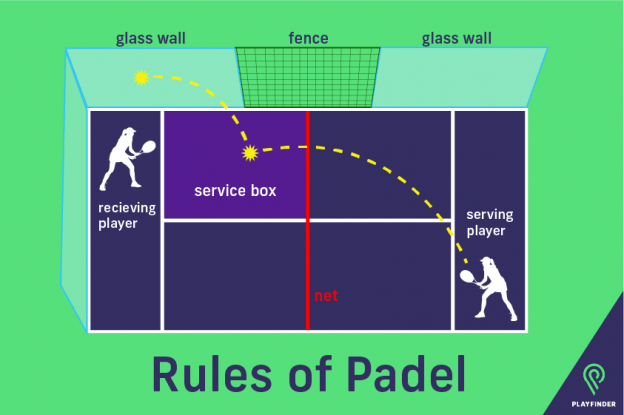Tips for Photographing Sporting Events Inside and Out
15 November 2023 • By - Annie Button
Capturing stunning photographs of athletes in action, whether it’s for inside or outside events, amateur or professional, presents unique challenges for photographers. The fast pace and unpredictable nature of sports requires skill, preparation and the right equipment to get eye-catching shots. Indoor sports like basketball present dim lighting and fast action, while outdoor spectacles like football offer more variations in the lighting conditions and backgrounds you will need to manage.
With the proper techniques, you can capture clean, crisp images full of movement and emotion to share the thrill of live sports with viewers. From your kids’ first football game to professional matches, these tips will help you master the niche of sports photography and end up with photos worth framing.
Tips for choosing the right equipment
Capturing events in the right way requires specialised gear to capture fast action in different lighting conditions. A DSLR or mirrorless camera allows you to shoot rapid bursts of images and make quick adjustments. Look for a model with high FPS (frames per second) like 7-10 fps for continuous shooting. For indoor sports, a camera with great high ISO sensitivity capability, making it easier to capture more light, will let you shoot clean images in low light.
For outdoor sports, a long telephoto zoom lens in the 70-200mm or 100-400mm range lets you hone in on the action from a distance, while indoors, where you’re closer to the action, wider lenses like 24-70mm work well. You’ll also need a fast prime lens with an ultra wide aperture like f/1.8 or f/1.4 for shooting in dimly lit gyms and arenas.
A monopod allows you to brace your camera for sharper handheld shots. Tripods can also help capture stable images but aren’t practical for lots of mobility. With these gear tips, you’ll be ready to shoot sports to a professional standard.

[Image source: Deposit photos]
Settings and techniques for indoor sports
Shooting indoor sporting events under gym or arena lights presents a unique set of challenges. Capturing fast action under artificial lighting requires adjusting your settings and gear. Indoor venues have less ambient light than outdoor settings. To compensate, use the widest aperture possible on your lens and crank the ISO up to 320, or higher. This will allow you to increase shutter speed to freeze motion.
The colour temperature of artificial lights can also skew toward yellow or orange, so adjust your camera’s white balance to compensate. Most DSLRs have presets like “incandescent” or “arena” that counteract warm light, but you can also manually dial in custom white balance.
Modes like shutter priority or manual allow you to control settings like shutter speed, aperture and ISO. This gives you creative control for indoor shots. Burst or continuous shooting mode is also great for machine-gunning a host of shots in sequence.

[Image source: Deposit photos]
With these tips, you can master indoor sports photography in dim light and freezing fast motion. Adjust settings, use appropriate lenses and compose shots carefully to capture compelling images of the games.
Shooting outdoor sports
Outdoor sporting events like football, rugby and tennis provide great opportunities for sports photographers. However, shooting outside does come with its own set of challenges. Think about lens compression creating intimacy between foreground and background elements like athletes and scoreboards.
Compose your shots to highlight athletes against spectators in the stands, and don’t be afraid to get low for dramatic angles looking up. At outdoor sporting events, keep moving to follow the unpredictable action and tell the story.
Natural light is the most desirable for great photography, but it can create dramatic effects at outdoor events. Pay attention to the direction and quality of sunlight – front-lighting typically provides even illumination, while backlighting can create silhouette effects. Track the light throughout the day as the angle and intensity changes.
Crisp sunny days allow for fast shutter speeds but can also cast harsh shadows; overcast days create softer, more even light. Be prepared if shooting in rain or snow with gear to protect your equipment, and don’t be afraid to embrace fog or unusual weather; it can add mood and drama.
Pick your vantage points
To get the best shots, you need to be in the right spot at the right time. Planning where to shoot from before the action starts is key. For indoor events, look for elevated vantage points like balconies or platforms that give you a view over the action. Stairwells that lead up to the rafters can also provide a unique top-down perspective. Scope out interesting spots during warm-ups or pre-event access, if you can.
When shooting outdoor sports, you need to be ready to move to wherever the action is. Before the game starts, take some time to explore the entire venue and field test different spots to photograph from. Walk the sidelines, scope out views from the end zones on a football field, or see how the court looks from under the basket.
Don’t just pick one spot and stay there – be prepared to hustle around as play unfolds to capture key moments from the best angles. The action will be unpredictable, so embrace the chance to run and gun, chasing the action to get those stunning shots. Mobility and flexibility are crucial for outdoor sports photography.
During gameplay, stay alert for photo ops like reactions from the crowd or coaches, or unscripted moments like injuries or fights. Keep an eye out for spots that give you a clean background for framing athletes in action. With access to the right places at the right times, you’ll capture amazing sporting images.

[Image source: Deposit photos]
About the author:
Annie Button is a professional freelance writer who has written for a variety of prestigious online and print publications. She specialises in lifestyle, business, digital marketing and branding.




